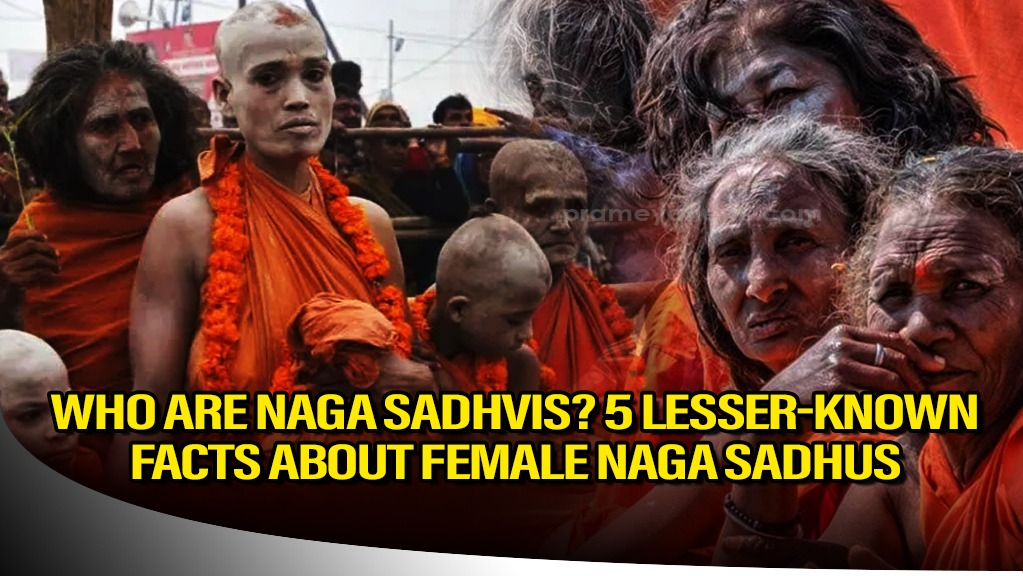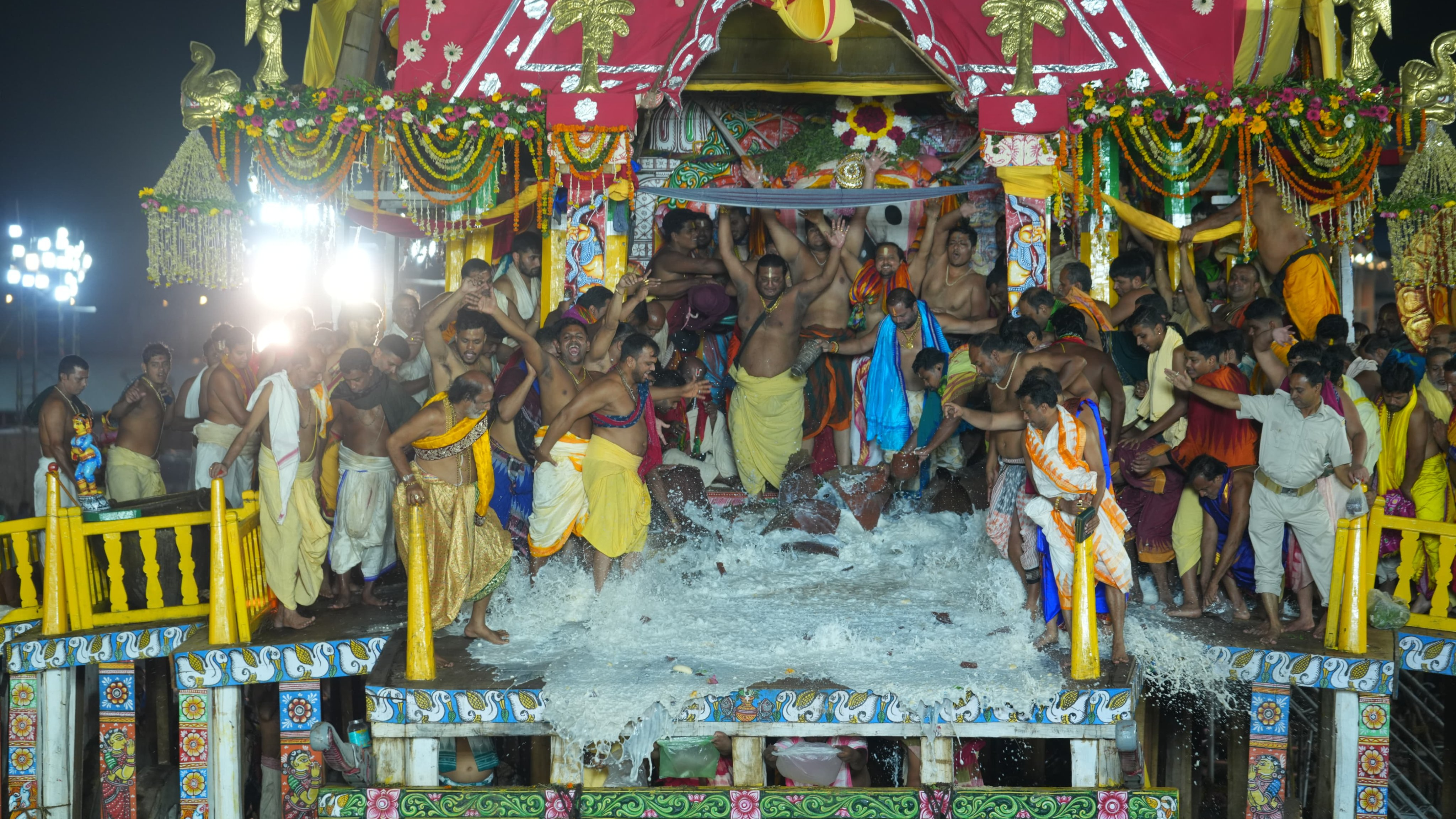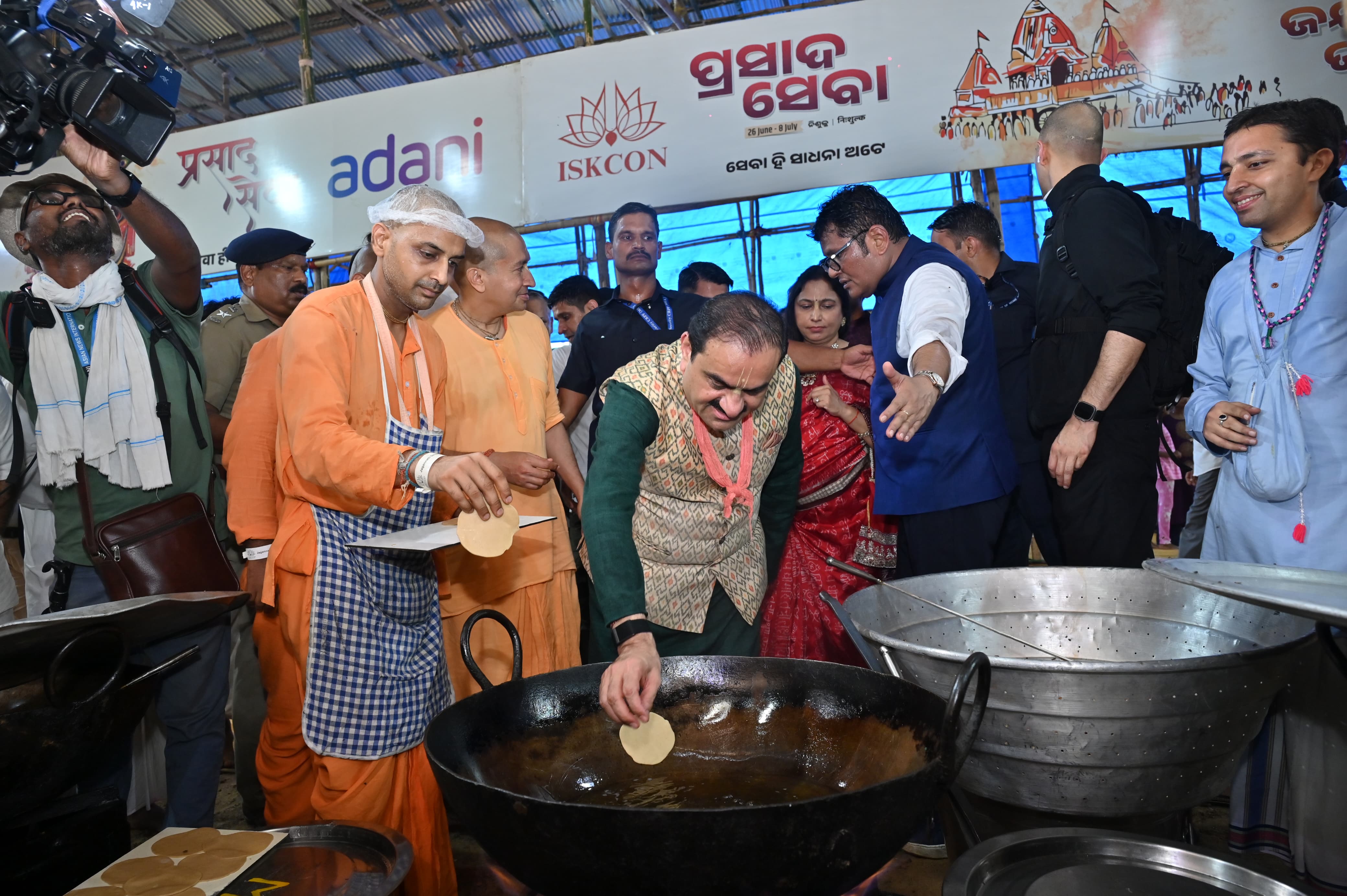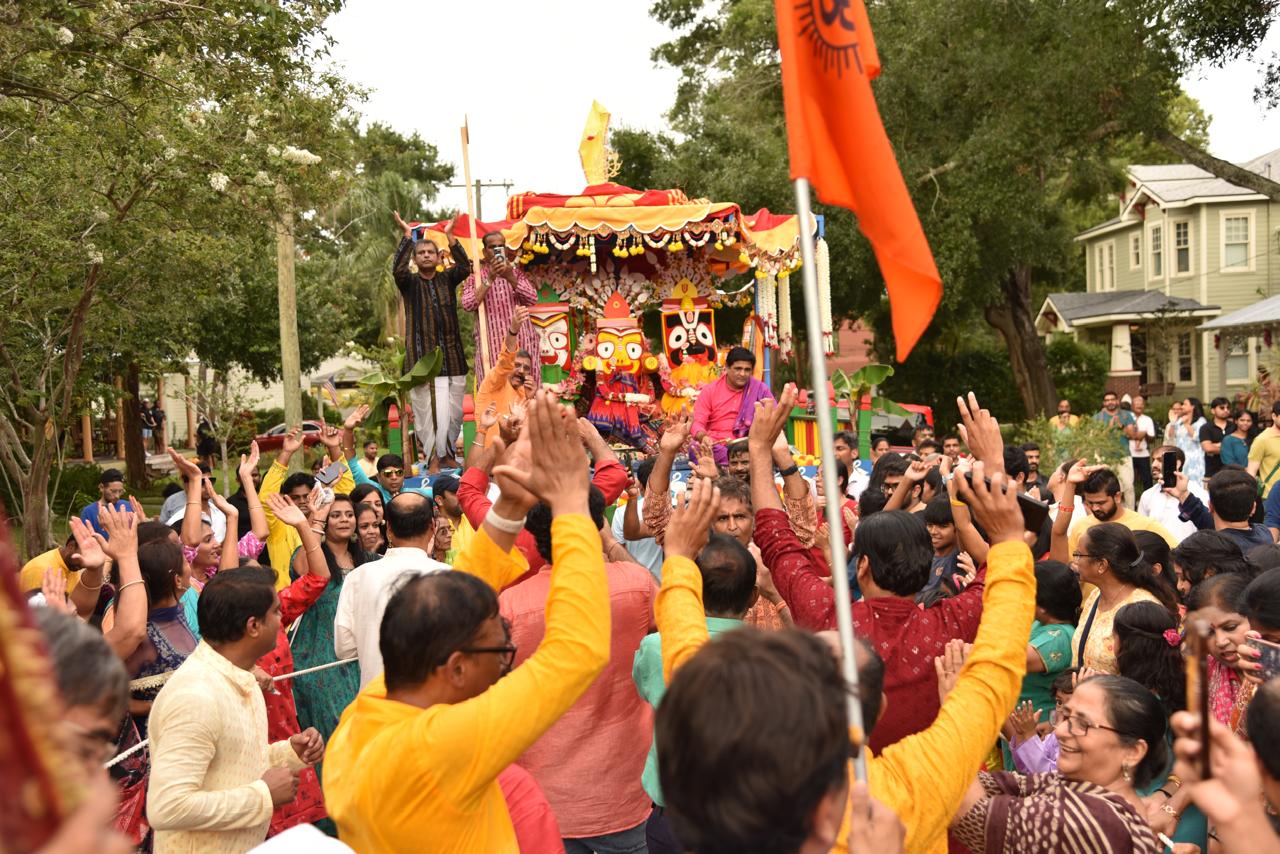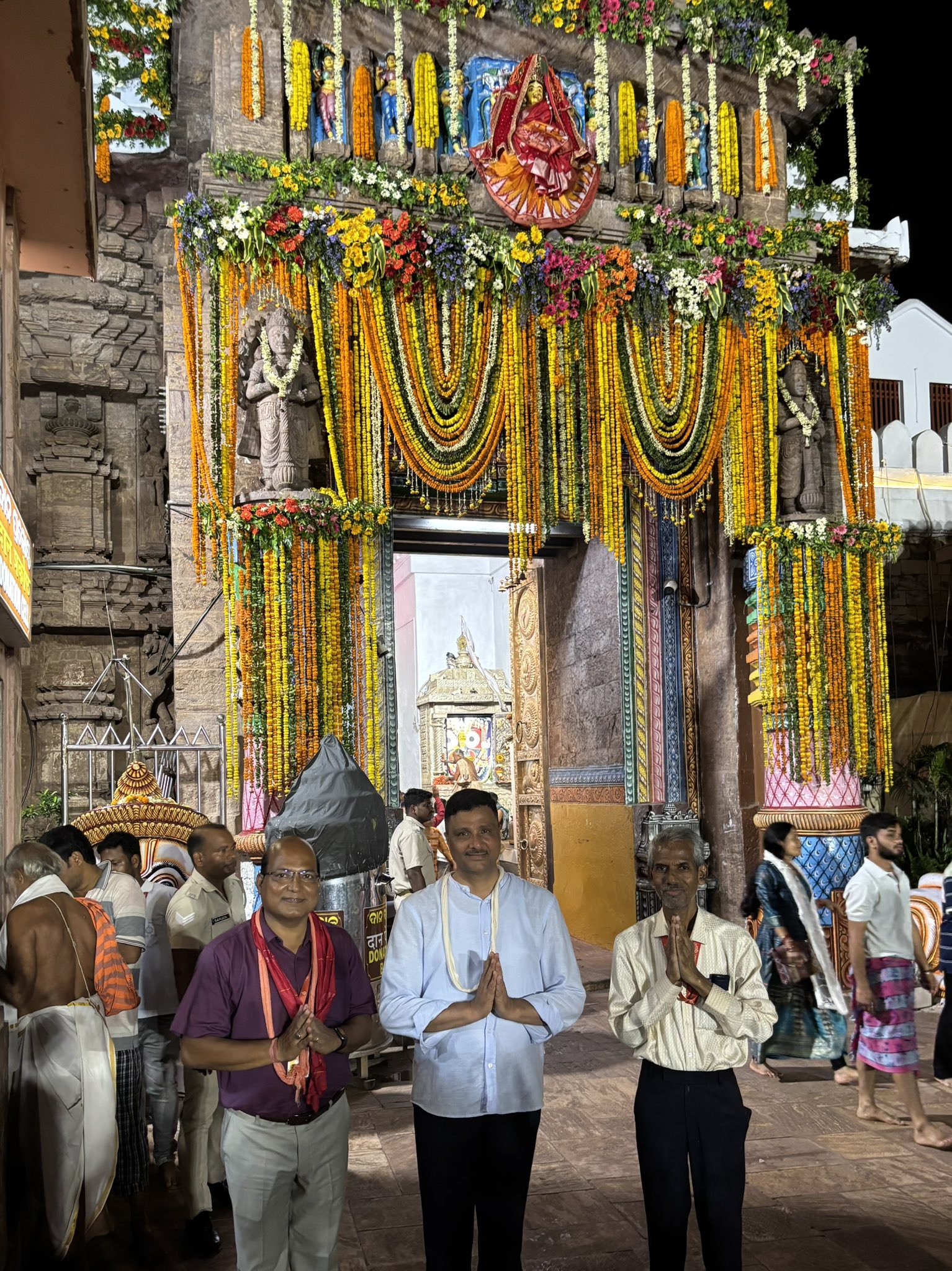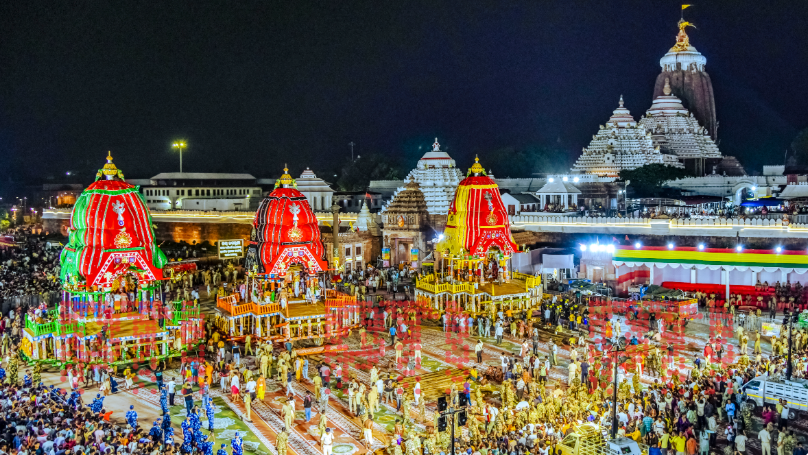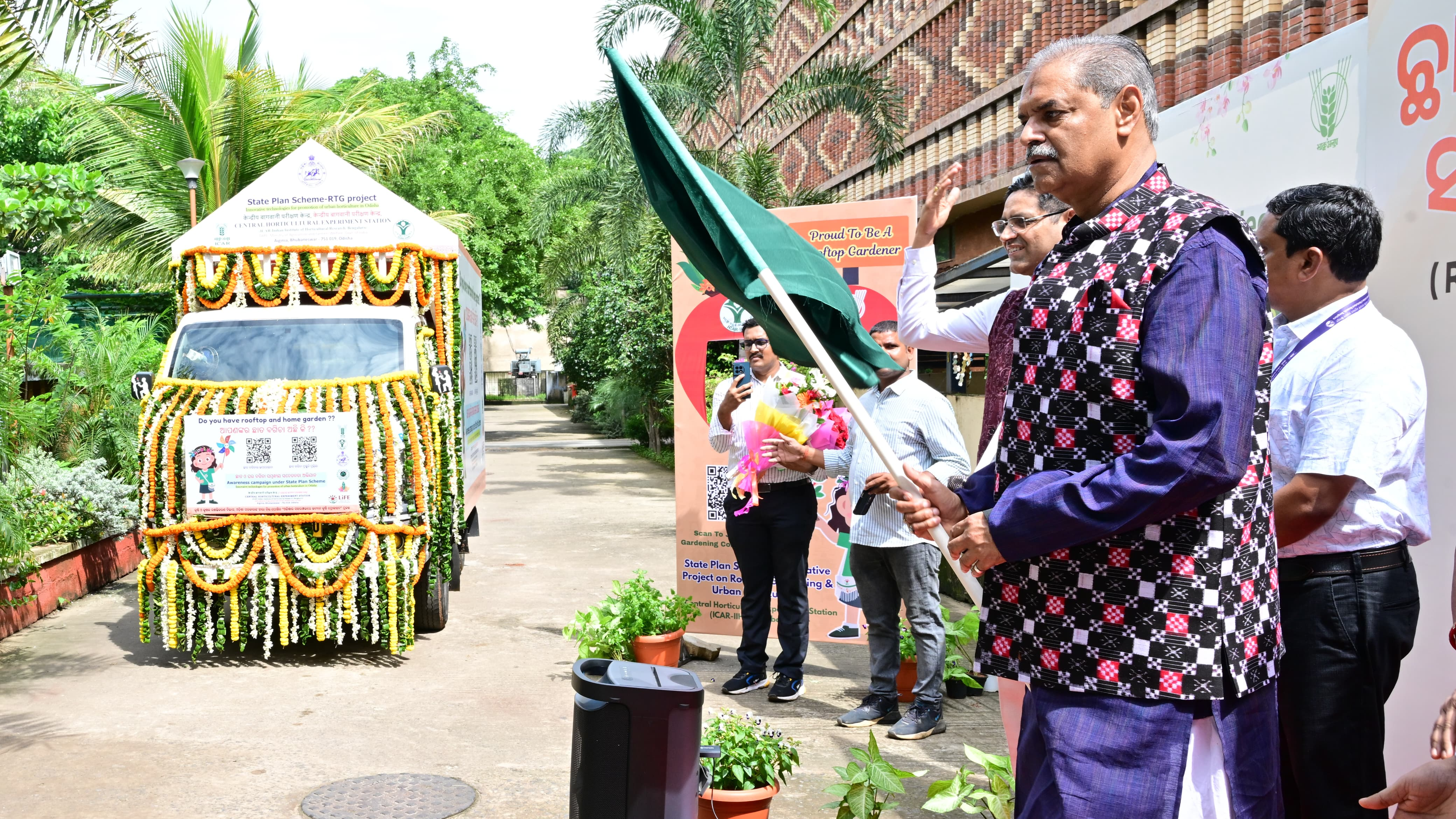Naga Sadhusare known for their renunciation of worldly possessions and their dedication to spiritual practices. While more commonly known are the male Naga Sadhus, there's a lesser-known tradition of female Naga Sadhus, known as Naga Sadhvis, who have also dedicated their lives to the pursuit of spiritual wisdom.
Naga Sadhvis: An Introduction
Naga Sadhvis are female ascetics who have renounced the material world and their families to lead a life of celibacy and spiritual pursuit. Just like their male counterparts, they dedicate themselves to intense religious practices, including yoga, meditation, and rituals. However, unlike male Naga Sadhus who often remain unclothed, Naga Sadhvis are required to cover their bodies with a single piece of unstitched saffron cloth called "Ganti." They also wear a tilak and dreadlocks, signifying their ascetic way of life.
Role and Significance in Hinduism
Naga Sadhvis hold a unique position in Hinduism. They are seen as symbols of female strength and spiritual freedom, challenging traditional gender roles and societal expectations. Their presence in religious gatherings like the MahakumbhMela,highlights their importance in Hindu spirituality. Naga Sadhvis embody the principles of austerity and discipline, living in caves, jungles, or near rivers, emulating the lifestyle of Lord Shiva.
Historically, Naga Sadhus, including Sadhvis, played a crucial role in protecting Hinduism and its temples. They were trained in martial arts and weaponry, defending Hindu temples and sacred sites from invaders. This warrior aspect,and combination of their spirituality showcases the duality of their being. This unique combination is a hallmark of the Naga tradition.
While our focus is on Naga Sadhvis, butit's important to understand the broader context of the Naga tradition. Hindus who enter sannyasa in the ēkadaṇḍi tradition take up one of ten names: Giri, Puri, Bhāratī, Vana/Ban, Āraṇya, Sagara, Āśrama, Sarasvatī, Tīrtha, and Parvata. These traditions are the various lineages and practices within the larger Naga order.
Practices and Lifestyle
The life of a Naga Sadhvi is marked by rigorous spiritual practices and principles. Their daily routine revolves around meditation, yoga, and prayer. They live in "Akharas," where they study and practice their religion. These Akharas provide guidance for spiritual understanding and practice.
Becoming a Naga Sadhvi is a demanding journey that requires years of dedicated practice. The initiation process involves performing their own "PindDaan," a ritual typically performed after death, symbolising the end of their former life and the beginning of their spiritual journey. They sever all ties with their families and dedicate themselves to a life of celibacy, and rigorous spiritual pursuits while adhereing to sattvic diet.
5 Lesser Known Facts about Naga Sadhvis
While Naga Sadhvis are an integral part of Hinduism, several lesser-known facts shed light on the unique lives of these remarkable women:
- They wear clothes: Unlike male Naga Sadhus who often remain naked, Naga Sadhvis are required to wear a single piece of unstitched saffron cloth called "Ganti.".
- Rigorous initiation process: The initiation process for Naga Sadhvis is incredibly demanding, involving years of dedicated spiritual practice, including celibacy, meditation, and renunciation of material possessions. This rigorous process ensures that only those with the strongest commitment and dedication can attain the status of a Naga Sadhvi.
- Promote equality: Naga Sadhvis, by their very existence, challenge traditional gender roles and promote equality. They serve as an inspiration to women who seek to break free from societal norms and pursue their spiritual journey.
- Limited in number: The number of Naga Sadhvis is significantly smaller compared to their male counterparts. This makes their presence and contribution to Hinduism even more unique and significant.
- Face unique challenges: While both male and female Naga Sadhus face challenges in their spiritual life, Naga Sadhvis often encounter specific difficulties and prejudices due to their gender. They navigate these challenges which highlight their strength and commitment to their spiritual path.
History of Naga Sadhvis
The history of Naga Sadhus, including Sadhvis, can be traced back thousands of years. Archaeological findings, such as coins and paintings from the ancient Indus Valley Civilization, depict Naga Sadhus worshipping Lord Shiva. These artifacts provide evidence of their long-standing presence and significance in Indian culture.
The Naga tradition is believed to have been founded by Dattatreya, though the exact time remains unknown. Later, AdiShankaracharya organized the Nagas, including Sadhvis, to protect Sanatan Dharma. This organisation played a crucial role in defending Hinduism from invaders and preserving its temples and traditions. In the 16th century, MadhusudanaSaraswati organized a section of armed sannyasis to further protect Hindus from Mughal rulers.
Naga Sadhus are revered within the KumbhMela tradition. They are the first to bathe in the sacred waters during the KumbhMela, highlighting their privileged position and reverence within Hindu tradition. This act symbolizes their spiritual importance and their connection to Lord Shiva.
Throughout history, Naga Sadhus have demonstrated their role as protectors of Hinduism. They resisted the Mughals, defending temples and monasteries. They also confronted Ahmad Shah Abdali when he attempted to pillage Gokul after plundering Mathura-Vrindavan. Even in conflicts with figures like the Nizam of Junagadh, the Naga Sadhus displayed their martial skills and ultimately secured treaties.
Contemporary Stories of Naga Sadhvis
The story of Rajeshwari provides a glimpse into the lives of Naga Sadhvis and the diverse individuals who find their place within this ancient tradition. Rajeshwari, a physically challenged girl, has been living with Naga Sadhus since she was 13 months old. Abandoned by her parents, she was found by Naga Sadhu MahadevBharati who raised her within the community. Despite facing physical challenges due to a spinal cord injury, Rajeshwari embraces the Naga Sadhu way of life, practicing meditation and singing bhajans. However, she also dreams of serving the country as an IAS officer, showcasing the individual aspirations that can exist within the ascetic tradition.
Challenges and Social Perceptions
The path of a Naga Sadhvi is not without its challenges they face societal prejudices and difficulties due to their gender. Overcoming these challenges requires immense strength, resilience, and unwavering dedication to their spiritual goals.One of the significant challenges faced by Naga Sadhvis is the social perception and acceptance of women in such unconventional roles.
These remarkable women, through their renunciation, dedication, and spiritual pursuits, embody the essence of asceticism and devotion. Their presence challenges societal norms, promotes equality, and inspires manyto seek spiritual enlightenment. Naga Sadhvi’s commitment to their faith and their courage in challenging societal norms are an example of individual empowerment and pursuit for spiritual freedom. The legacy of Naga Sadhvis will continue to inspire who seek a deeper understanding of Hinduism for spiritual enlightenment.






